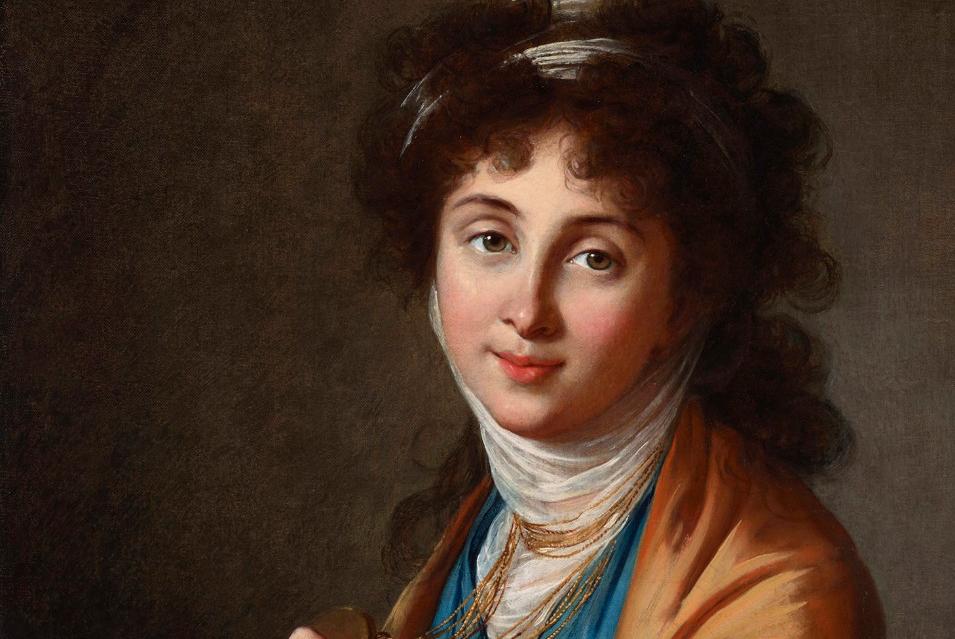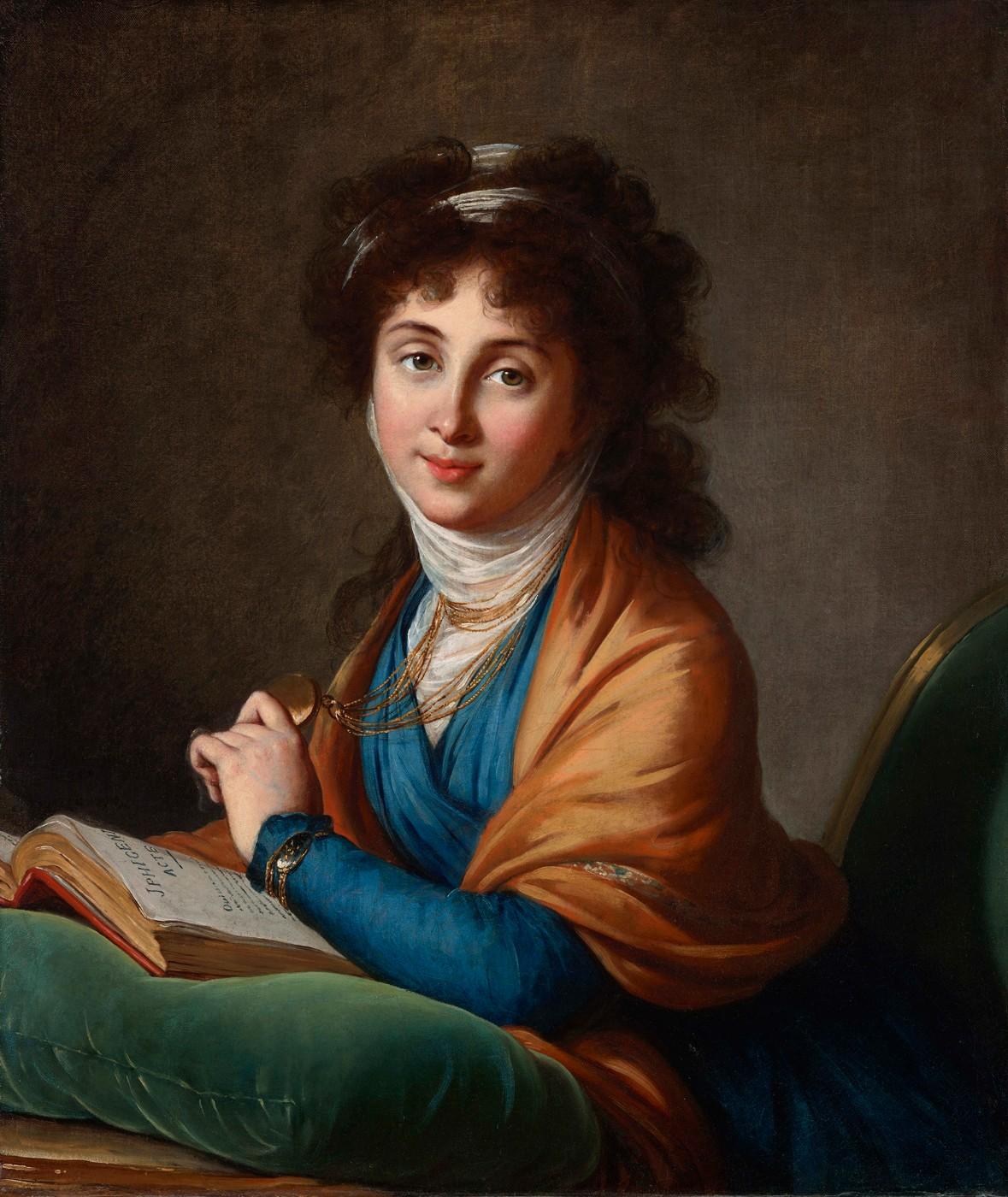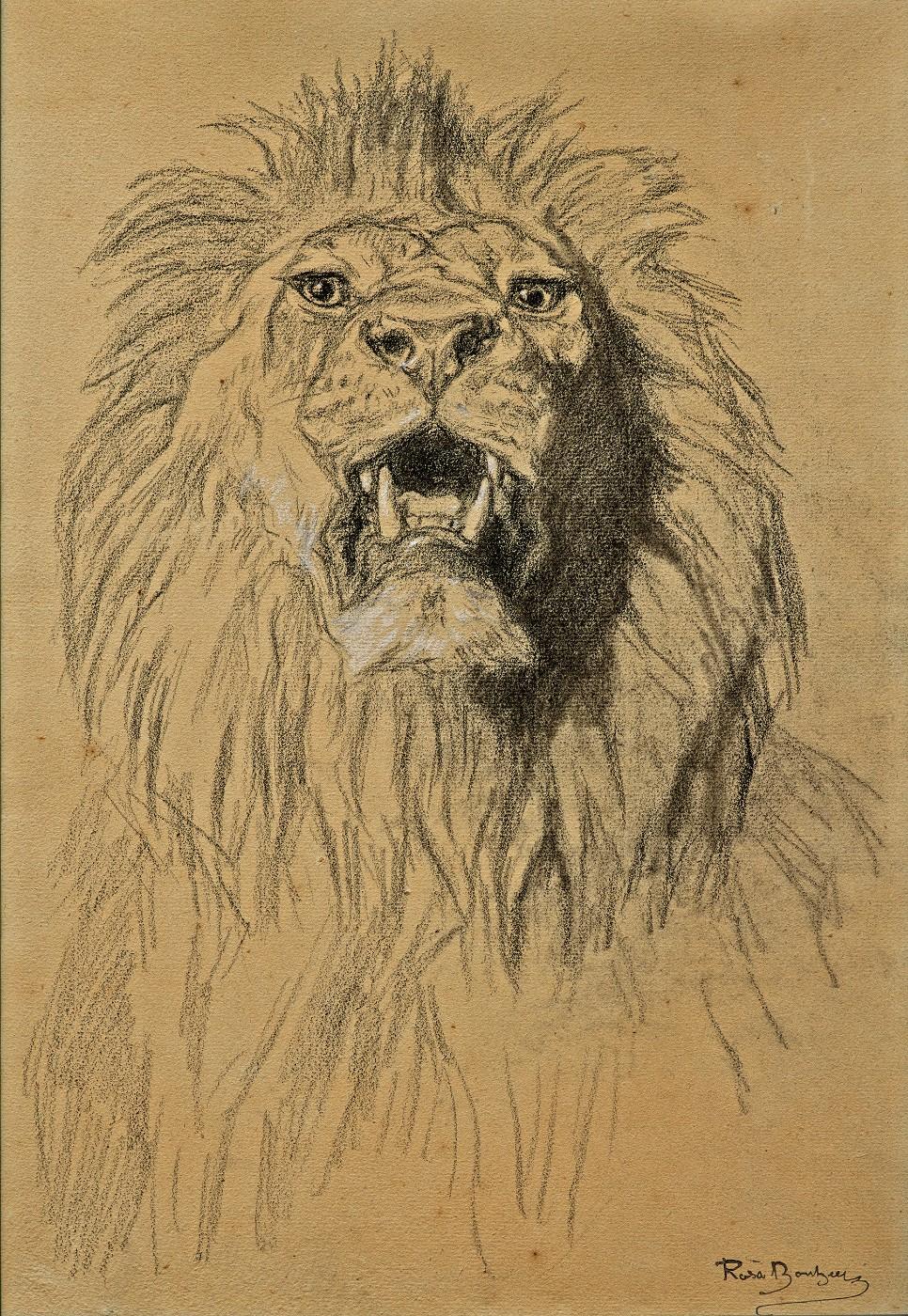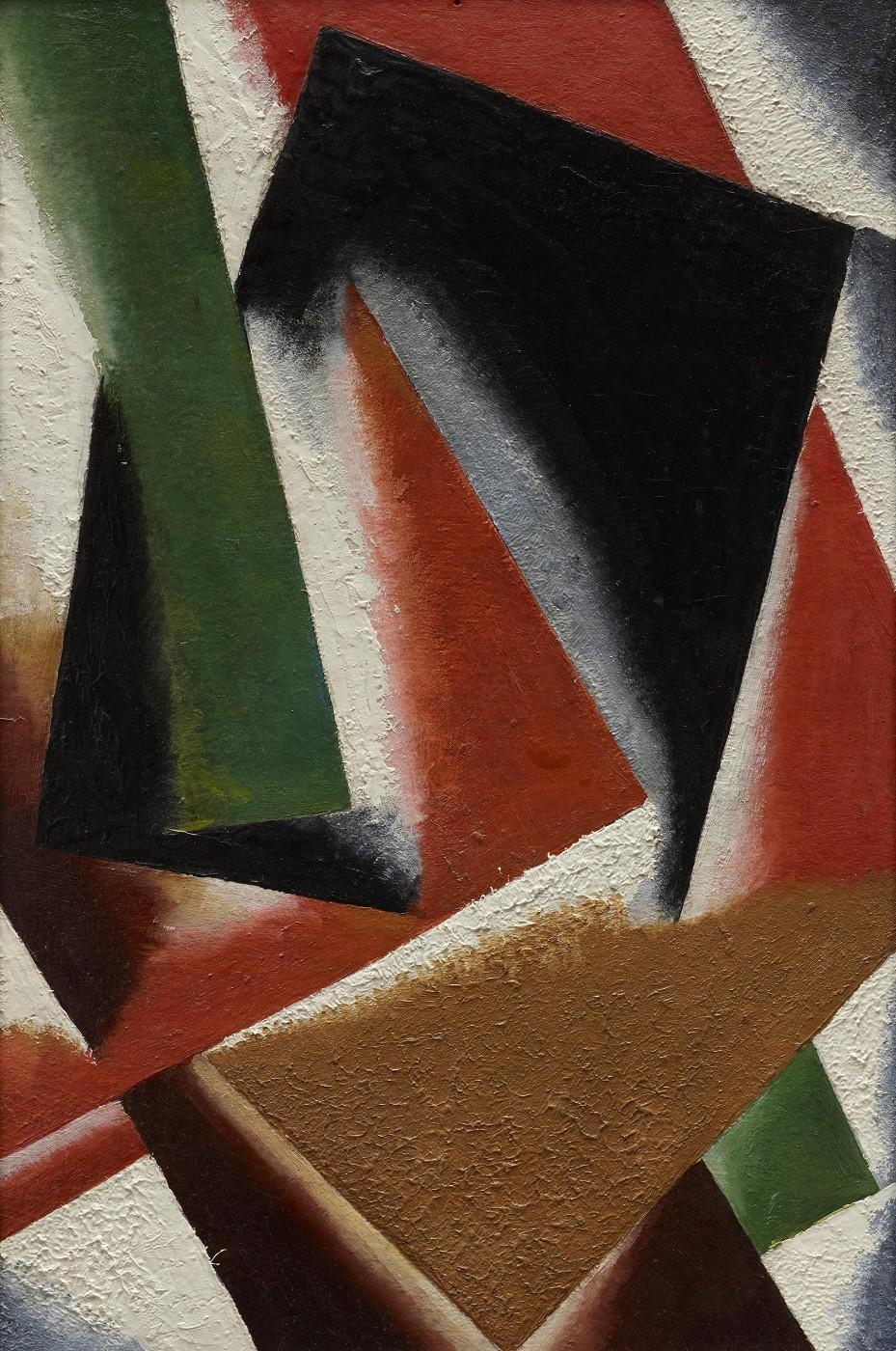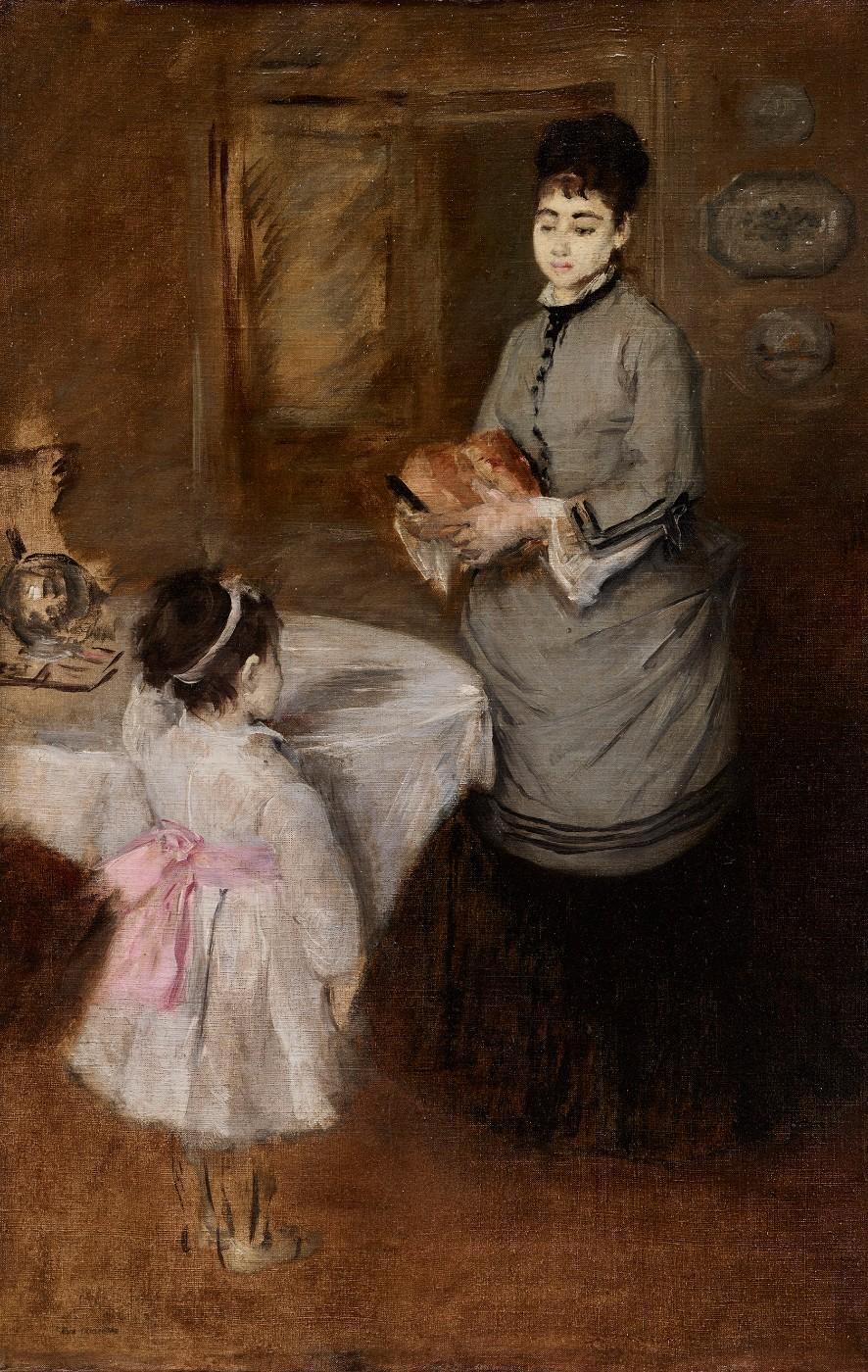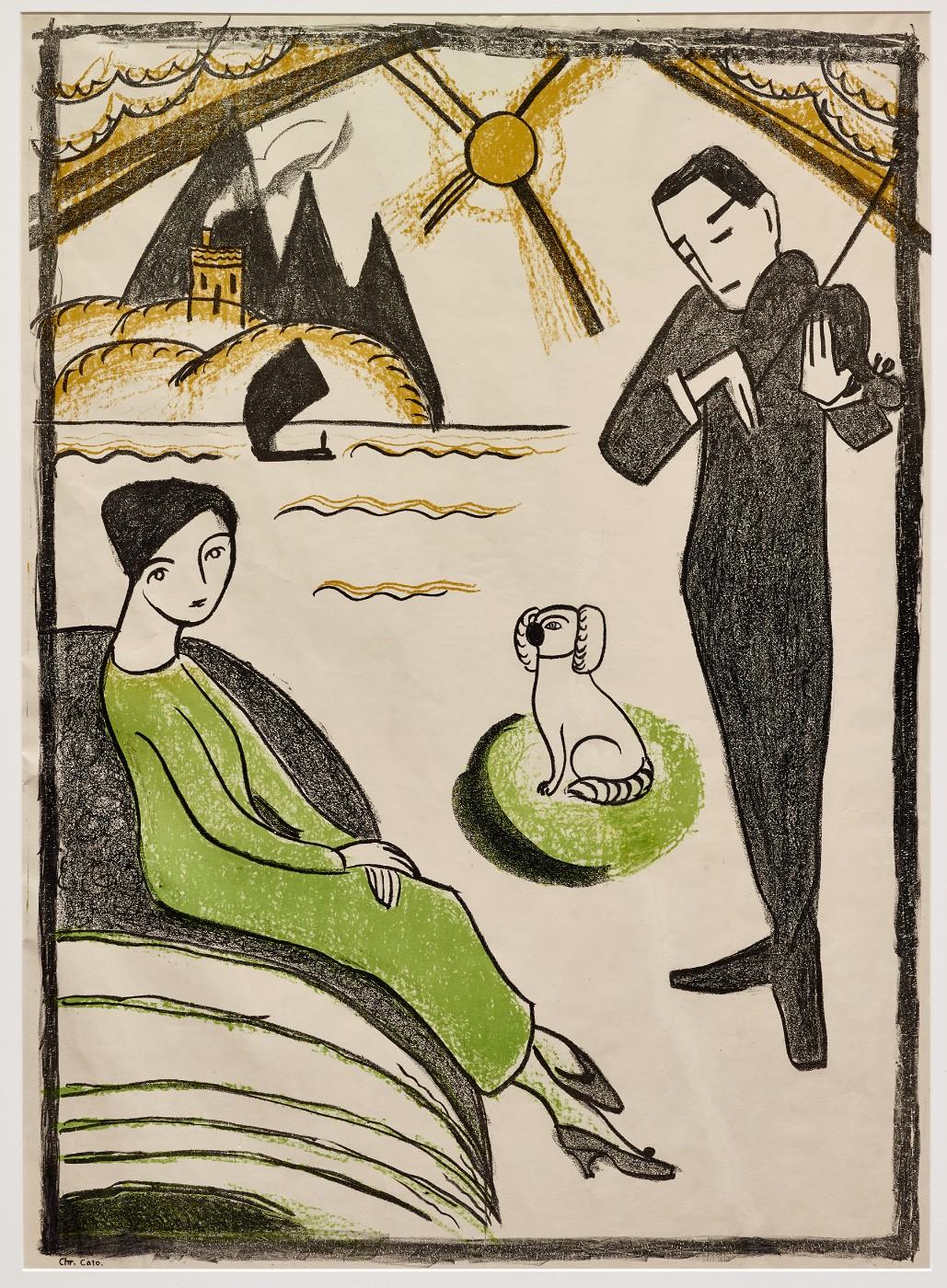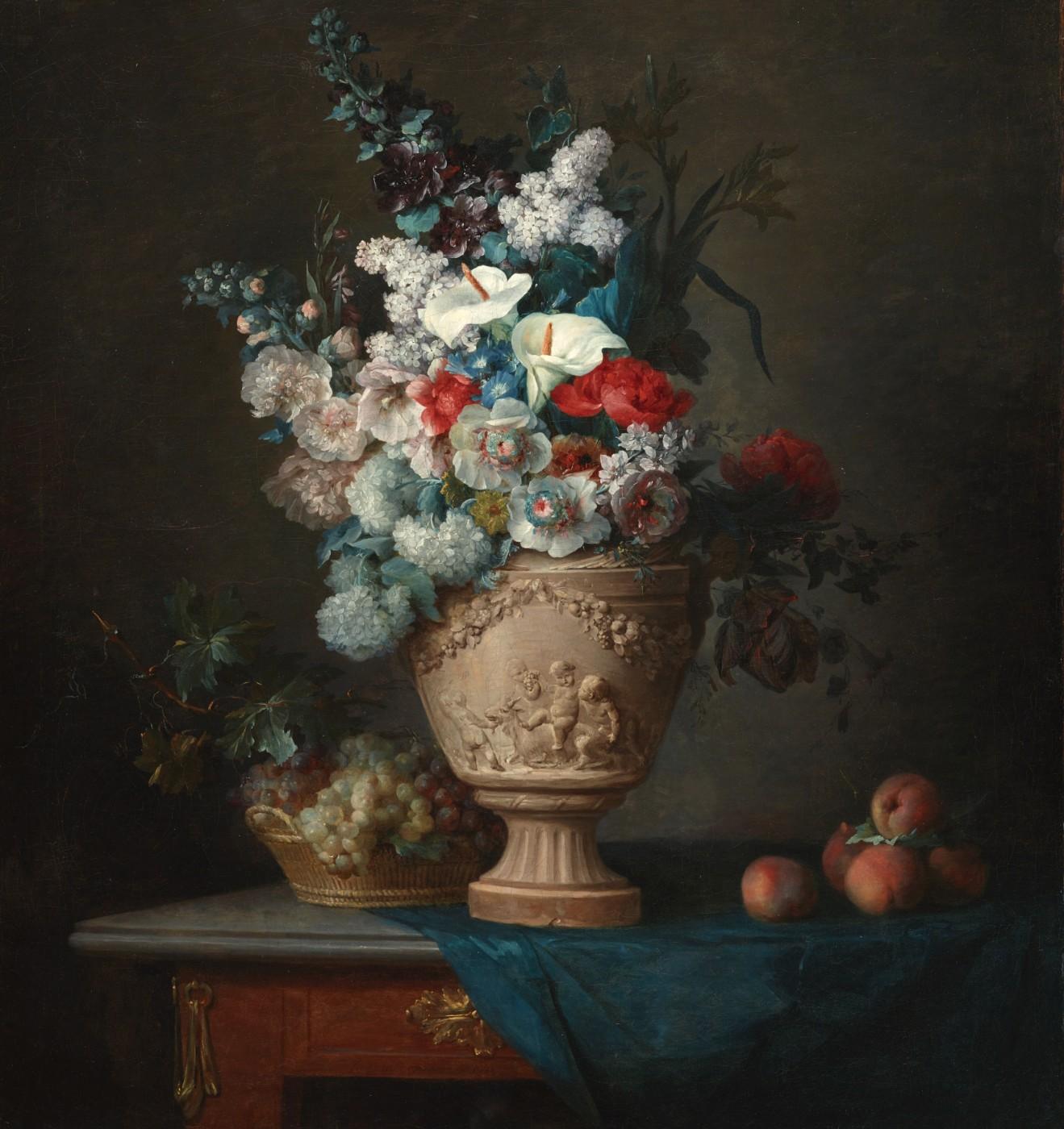Their styles vary widely, from Rococo to Modernism, but the thing that all the artists have in common in a new exhibition at the Dallas Museum of Art (DMA) is that they’re all female, struggling against the constraints of a society that hindered them in the pursuit of their chosen career. Women Artists in Europe from the Monarchy to Modernism ties together talented female artists from two centuries, and takes a closer look at the systems of oppression, both codified and unspoken, that they faced.
Painters that are now canonical, like Elisabeth Vigée-Lebrun and Rosa Bonheur, though successful in their lifetimes, were forced to conform to societal expectations. In the hierarchy of subject-matter, portraiture and genre painting (like Bonheur’s famous depictions of cattle) were considered less challenging and therefore less prestigious, making them more appropriate for the lesser sex. The fact that these two artists excelled within these parameters, expanding the genres themselves, is a testament to their strength, talent, and determination as artists.




